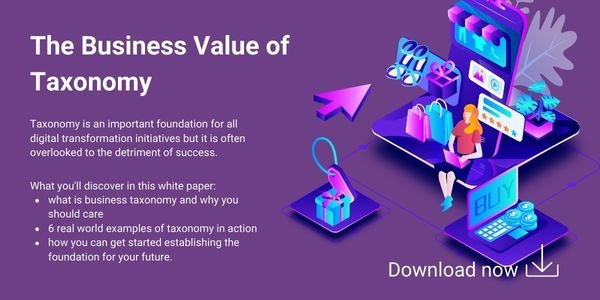Digital assets come in a seemingly limitless variety of flavors. Some intrinsic metadata comes along for the ride with particular formats, but without a robust metadata system and workflow in place, many assets will be “left behind” in any digital asset management (DAM) system. Use a systematic approach to naming: reduce the burden on users who need to open assets to determine contents, get those assets appearing in search results, and prevent misplaced files and data extinction down the road.

We’ve consulted with many clients who were in the process of migrating to a new DAM system or refreshing outdated practices with their current one (or two…or five). Regardless of where you are at in your DAM project, establishing a nomenclature for assets must be considered (and the sooner the better, to prevent costly cleanup work after the fact). The following provides some tips when brainstorming conventions:
- Brevity, relevance, and consistency Keep names short and sweet; easy to read, logical, and indicative of what is contained within. As you will find, in some contexts brevity loses out to more important factors, but the ultimate goal is to keep it consistent.
- Human intervention People will be creating and reading asset names. Creating complicated titles can be time consuming; if your users need to refer to a manual just to name an asset, there’s a good chance the convention will not be adopted. Also keep in mind that local acronyms and abbreviations may not make sense to all users that access the system.
- Ordering of elements Do users need the ability to view assets sorted in a list? Certain name elements such as a unique identifier, date, or version numbers should be placed at the front or back of the name.
- Refer to standards No need to reinvent the wheel; the same international standards we use to control such values as date or country in a taxonomy can and should be applied to asset naming.
- Interoperability Make sure your asset names play well with different operating systems. For example, Windows allows 256 characters while Macs support up to 31 (although you shouldn’t need that much). Other characters to avoid include < > & $ / \ [ ] * :
- Separation anxiety Use _ (underscore) in between elements. Avoid using spaces or CamelCase. On the web spaces are treated as “%20”, and a search query for “Press Release” may not unearth the file you named “PressRelease” if the system treats it as one word.
- Leverage that taxonomy! A great taxonomy will contain vocabularies that can be reused for controlling values of name elements, for example asset type and subject. Subject analysis is a costly and time consuming endeavor best performed by trained experts, especially in the case of images or video where automatic indexing is rarely an option. To describe the “aboutness” of a digital asset in a file name for aiding user selection, fall back on your taxonomy’s subject vocabulary whenever possible.
- How does your metadata measure up? Lastly, one of the most important considerations is system-specific. What asset metadata is revealed in the user interface? For example, there’s no reason to ask a user to key in language code “fr” into a name for an asset in French if this metadata is already captured and made explicit. Evaluating the current technology environment will help indicate how many and what kind of elements to include in your naming conventions.
